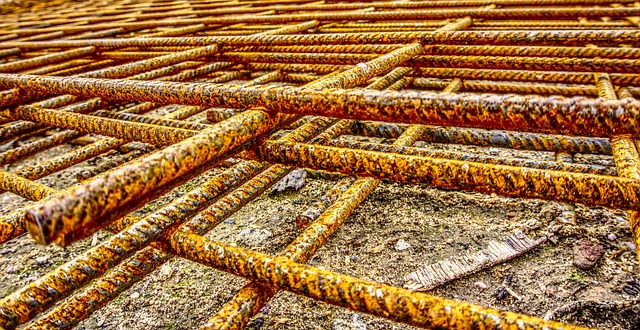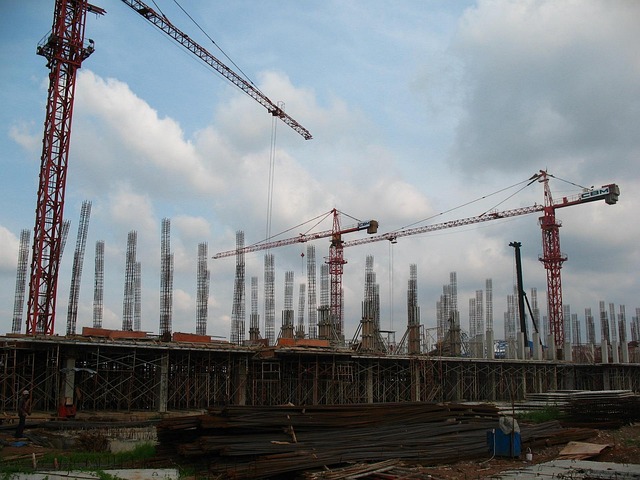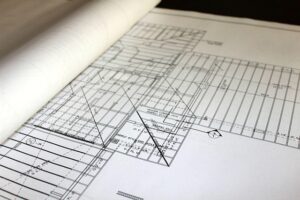Foundation Contractors: Stabilize Your Basement, Ensure Longevity

Basement stabilization requires expertise from Foundation Contractors to address age, construction,…….
In the vast network of urban infrastructure, basement repair stands as a cornerstone of sustainable building maintenance and adaptation. This intricate process involves the restoration, reinforcement, and modernization of underground spaces, addressing various issues such as structural damage, water intrusion, mold growth, and outdated systems. As cities worldwide grapple with aging infrastructures and changing environmental conditions, basement repair emerges as a critical component in ensuring the longevity and functionality of buildings.
This article aims to provide an in-depth exploration of basement repair, covering its historical roots, global impact, economic implications, technological innovations, regulatory framework, challenges, successful case studies, and future prospects. By delving into these aspects, we will equip readers with a comprehensive understanding of this essential field, highlighting its significance and potential for growth.
Definition:
Basement repair encompasses a wide range of activities aimed at restoring and enhancing the structural integrity, functionality, and comfort of underground areas within buildings. It involves identifying and addressing issues related to water damage, mold prevention, structural stabilization, energy efficiency, and system upgrades.
Core Components:
Structural Repair: This includes fixing cracks in concrete walls and floors, reinforcing beams, and replacing damaged or deteriorated materials to ensure the building’s structural integrity.
Waterproofing: A critical aspect, waterproofing measures are taken to prevent water intrusion from soil, rain, or melting snow. This involves applying coatings, membranes, or barriers to create a waterproof barrier on walls and floors.
Mold Remediation: Basement repair often entails addressing mold growth due to high humidity levels. This process includes identifying the source of moisture, removing affected materials, and implementing preventive measures to ensure a healthy indoor environment.
Structural Stabilization: Techniques such as underpinning, piering, or slab jacking are employed to stabilize shifting or sinking foundations, ensuring the basement’s long-term stability.
Energy Efficiency: Upgrading insulation, installing efficient lighting systems, and implementing smart thermostats can significantly improve energy performance in basements, reducing utility costs.
Historical Context:
The practice of basement repair has evolved over centuries, reflecting changes in building construction methods and environmental awareness. Historically, basements were often left unfinished, serving primarily as storage spaces. However, with increasing urbanisation and changing building codes, the importance of properly maintaining underground areas became more pronounced. In the late 20th century, advancements in materials science and construction techniques enabled more effective basement repair methods, leading to improved building durability and occupant comfort.
Significance:
Basement repair is a universal concern, with variations in techniques and technologies driven by regional factors such as climate, building codes, and local construction practices.
Regional Variations:
Key Global Trends:
Sustainability: A growing global emphasis on sustainability has led to innovations in eco-friendly materials and energy-efficient systems for basement repair. Recycled materials, biodegradable coatings, and solar-powered ventilation systems are gaining traction.
Smart Home Integration: The rise of smart home technology is transforming basements into connected spaces. Automated lighting, temperature control, and security systems enhance comfort and convenience while reducing energy consumption.
Modular Construction: Off-site construction techniques allow for efficient and cost-effective basement repair and renovation, especially in areas with limited access or tight regulations.
Digitalisation of Building Management: Digital tools and apps are being developed to monitor basement environments, predict potential issues, and streamline maintenance processes.
The economic landscape of basement repair is influenced by various factors, including market demand, labor costs, material availability, and technological advancements.
Market Dynamics:
Investment Patterns:
Economic Impact:
Technological innovations play a pivotal role in enhancing the efficiency, effectiveness, and sustainability of basement repair practices.
Advanced Waterproofing Materials:
Structural Stabilisation Solutions:
Energy Efficient Systems:
Digital Tools:
Effective mold remediation is crucial for maintaining healthy indoor environments after basement repairs.
Advanced Mold Detection:
Targeted Remediation Techniques:
Preventive Measures:
Basement repair is a dynamic field, continually evolving with technological advancements, changing environmental standards, and shifting market demands. As buildings age and urbanisation continues to shape our landscapes, the importance of effective basement maintenance will only grow. By embracing innovative solutions, prioritizing sustainability, and staying attuned to regional variations, the future of basement repair promises improved building durability, enhanced comfort for occupants, and more flexible living spaces.

Basement stabilization requires expertise from Foundation Contractors to address age, construction,…….

Foundation Contractors identify and address basement wall damage like cracks and water intrusion usi…….

Basement structural damage from water intrusion, heaving, settling, construction flaws, and pests re…….

Basement wall cracks due to settlement, shifting soil, or humidity require immediate attention from…….

Basement structural integrity requires understanding forces like gravity, water pressure, and earth…….

Basement floor cracks from settlement, thermal movement, or poor construction compromise building in…….

Understanding basement structural integrity requires the expertise of foundation contractors, who an…….

Foundation basements require expert care from Foundation Contractors for optimal structural integrit…….

Basement waterproofing is a critical home maintenance task addressing mold, structural damage, and m…….

Basement leaks and structural issues are addressed by Foundation Contractors, experts in identifying…….